In the 1830s, Irenėjus (1808-1863), the son of the prominent statesman and public figure, diplomat, composer Mykolas Kleopas Oginskis (1765-1833), began to build the residence of the Princes Oginskis in Rietavas. This work was continued by Bogdanas Oginskis (1848-1909), the son of Irenėjus.With the help of Jokūbas Voleris, Augustas Štiuleris, Ferdinandas Šteinbartas and other famous architects of the time, the architectural-urban ensemble of the manor house and the central part of the town, which was renowned for its integrity, was formed in 1835-1874. Under the direct leadership of Irenėjus Oginskis, in 1849-1862, Antonis Malkeitas, Bazilis Romanovičius, Vilhelmas ruschas, Augustas Ulrichas, Fridrichas Braunas, Bronislovas Saponka, and other guest and local gardeners worked here.The outstanding feature of the park is the extremely complex system of ponds and artificial streams, which harmoniously combines with the expressive compositional lines, rich vegetation, open meadow spaces and the meanders of the Sea River flowing in the eastern part of the park. In 1855, the estate and the park were home to 95 species of trees, 380 flowering fruit trees, 106 varieties of roses, 72 species of dahlias and other plants. Some of the plants were bought by Prince Irenėjus Oginskis himself on his foreign trips. Not only apple, pear and plum trees, but also peaches, grapes and even pineapples grew in the garden and greenhouses.Due to the wars and disturbances of the twentieth century, Rietavas suffered a huge loss of cultural heritage. The historic manor house and the park were particularly affected. The canalisation of the bends of the Jura River in the eastern part of the park during the Soviet era, and the closing of the mouths of the branches of the artificial stream Jaujupis, led to the waterlogging and impoverishment of the park. Many valuable plants disappeared, the park's oldest oak tree, elm trees, etc. dried up. It was not until the Lithuanian Revival that purposeful revitalisation of the manor house and the park began. In 1993-1995, the meanders of the Jura River were restored, and in 2007-2010, the large Malūnas pond and its four islands were cleaned. Three of them are named after M.K. Čiurlionis' paintings "Ramybė", "Vakaras" and "Aukuras". Another island - "Muzikantu sala" - reminds that the final concerts of the historical meetings of the Rietavas and Plungė orchestras used to take place here.By the decision of the Rietavas Municipality, since 2000 the maintenance and revitalisation of the park has been coordinated by the Rietavas Oginskiai Museum of Cultural History.

+8


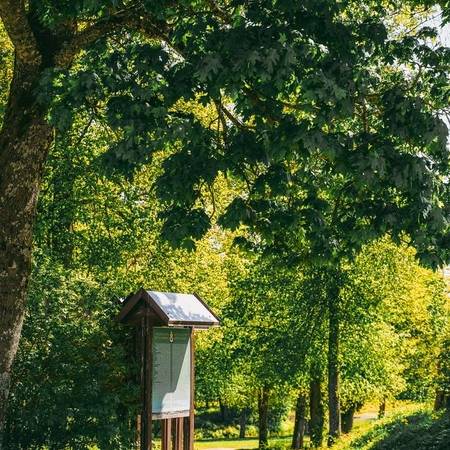
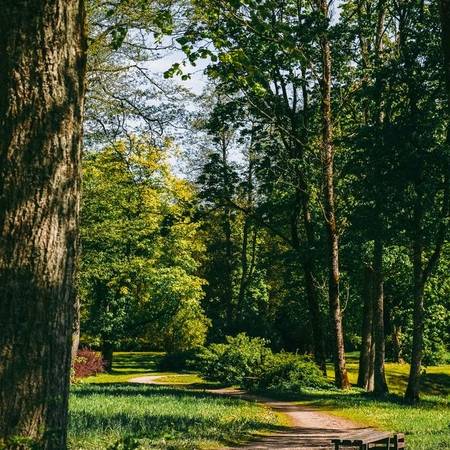
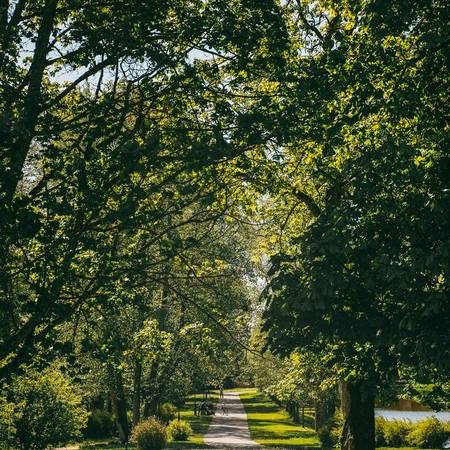
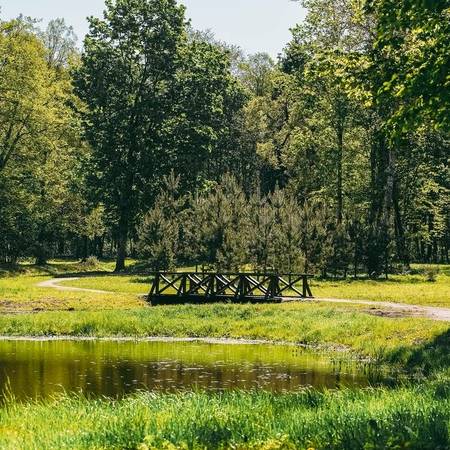
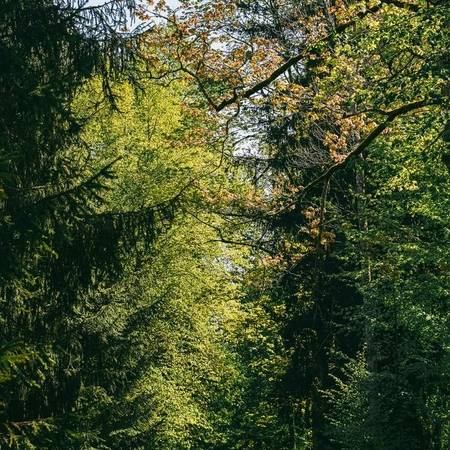
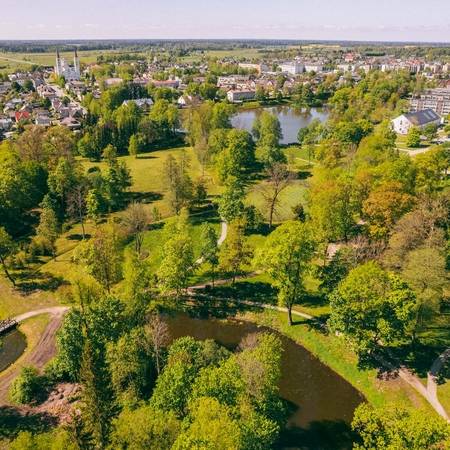
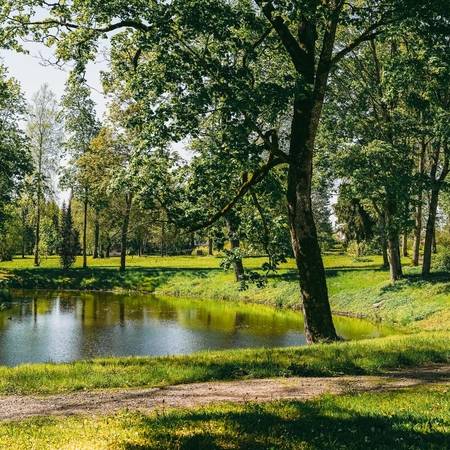
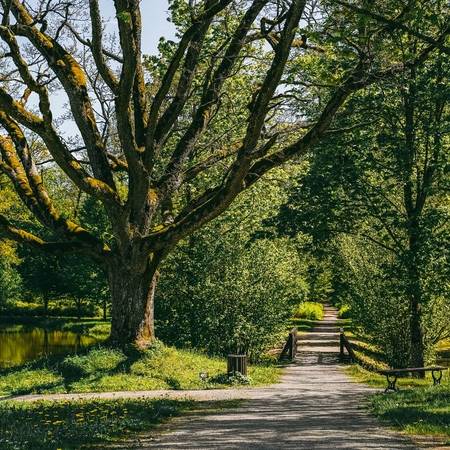
Reviews